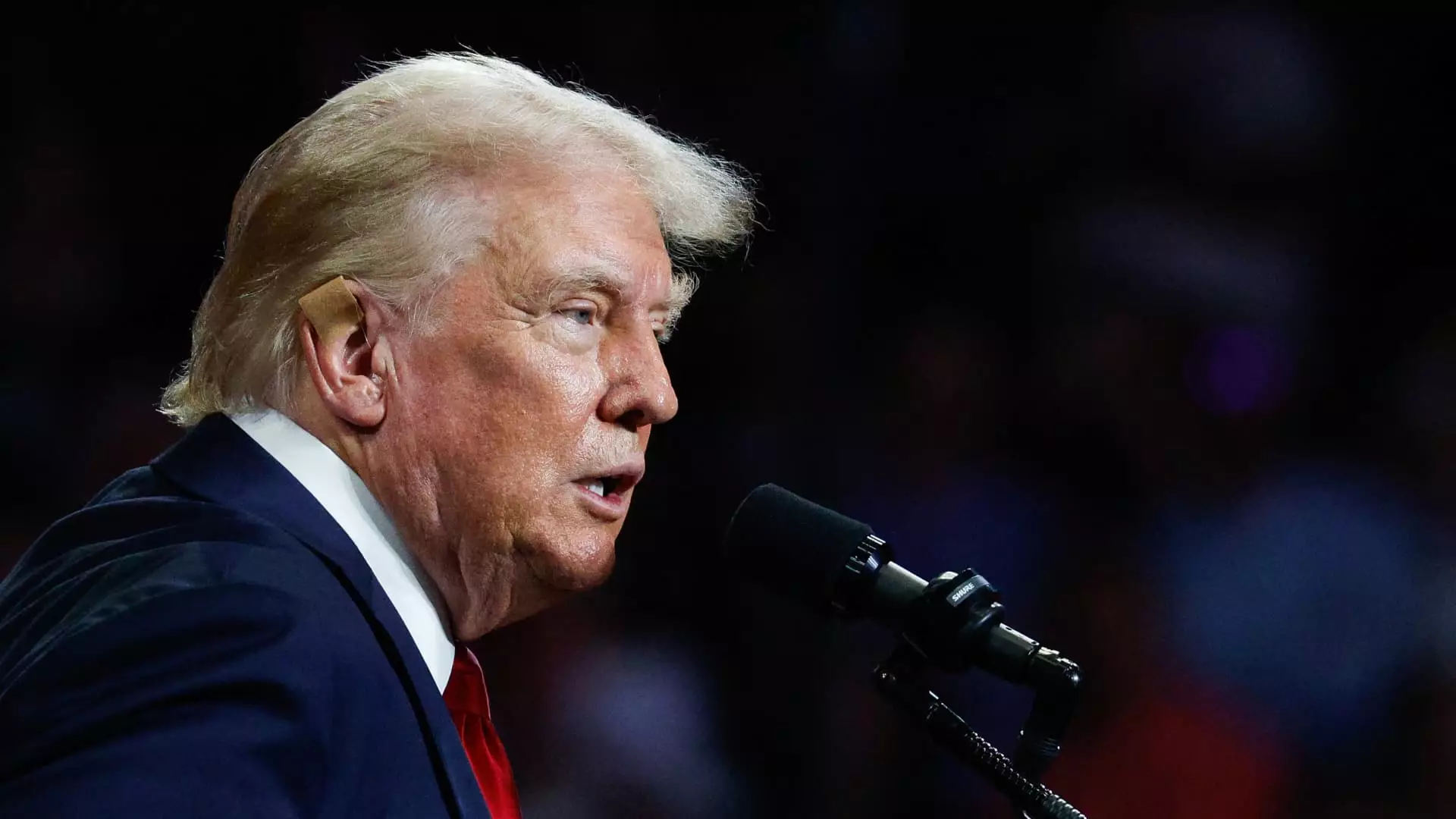Former President Donald Trump recently spoke at the biggest Bitcoin conference of the year in Nashville, where he stopped short of committing to establish an official U.S. Bitcoin strategic reserve. Trump’s proposal fell short of expectations, as he merely pledged to maintain the current level of Bitcoin holdings that the U.S. government has acquired from seizing assets from financial criminals. This approach is considerably less ambitious compared to third-party candidate Robert F. Kennedy Jr.’s proposal to establish a 4 million Bitcoin strategic reserve to match the country’s gold stake. While Trump’s strategy of holding Bitcoin through market fluctuations aligns with the sentiments in the crypto community, it lacks the groundbreaking nature that many crypto enthusiasts had anticipated.
Legislative Hurdles and Congressional Approval
As appealing as Trump’s proposal may seem to some Bitcoin advocates, establishing a U.S. Bitcoin strategic reserve entails overcoming significant legislative hurdles. An executive order alone would not suffice to bring such a reserve to fruition. The president would likely need new legislation and congressional approval to implement this plan. Senator Lummis of Wyoming has announced her intention to introduce legislation that would support a strategic Bitcoin reserve. The proposed legislation aims to accumulate 1 million Bitcoins over five years, which would be held to reduce the federal deficit. By leveraging existing funds from the Treasury Department, including tax revenue, the U.S. government could potentially offset the initial spending required to build the Bitcoin reserve. However, passing legislation of this nature would necessitate a Republican sweep in the upcoming elections.
If the U.S. were to establish a national Bitcoin reserve, the digital currency would garner a heightened level of legitimacy and recognition. This move would capitalize on the growing adoption of Bitcoin by Wall Street and further solidify its status as a legitimate asset class. The inception of spot Bitcoin exchange-traded funds earlier this year underscored the increasing acceptance of Bitcoin in traditional financial markets. However, creating a national Bitcoin reserve would mark a significant milestone for the cryptocurrency, which has historically been marked by extreme price volatility and occasional windfalls for investors. The establishment of such a reserve could potentially drive the price of Bitcoin to new heights as other countries may follow suit, leading to increased scarcity in the market.
It is worth noting that Trump’s recent proposal regarding a U.S. Bitcoin strategic reserve marks a notable departure from his previous stance on Bitcoin. As recently as 2021, Trump dismissed Bitcoin as a “scam.” His current position, albeit cautious and less revolutionary than anticipated, reflects a growing acknowledgment of the importance of digital assets in the modern financial landscape. Despite the lukewarm response from markets to Trump’s Bitcoin promises, the concept of a national Bitcoin reserve has the potential to reshape the cryptocurrency market and elevate Bitcoin to a new level of prominence.
While Trump’s proposal to establish a U.S. Bitcoin strategic reserve falls short of the expectations set by Kennedy’s more ambitious plan, it signals a shift in the government’s approach to digital assets. Overcoming the legislative barriers and securing bipartisan support for the implementation of such a reserve will be critical to realizing the vision of fortifying the U.S. dollar and reducing the federal deficit through Bitcoin accumulation. As the debate surrounding the role of Bitcoin in the national economy intensifies, the prospect of a national Bitcoin reserve remains a topic of keen interest and speculation within the crypto community.

Leave a Reply